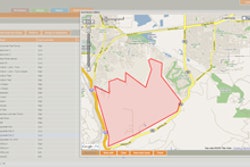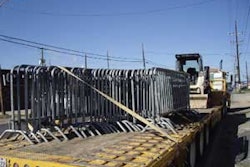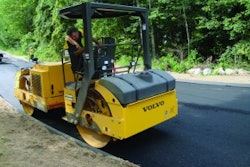
Sustainable development requires that new technology is used to drive the management, distribution, optimization, and consumption of resources. New technology mostly means software. The cleanest and leanest systems and facilities in the world are designed and managed with software. From the perspective of construction, BIM (Building Information Modeling) software can be used to optimize and economize the selection and use of materials and resources in a construction process.
Sustainability means meeting the needs of today without compromising the ability of future generations to meet their needs. Most of the advances promoted by the sustainability mega-trend are derived from something very intangible, software. Software is a sustainable product, especially when it comes to supporting other sustainable tools to do more with less.
The sustainability of the construction business can be measured by defining how green the building is in terms of energy and material consumption during its construction, usage, maintenance, and demolition. There is no need to invent that much new; a lot can be learned from established practices used in, for example, electricity distribution and the maintenance processes of off-shore structures. Software can be used to optimize material selection, utilize the resources of the construction process more efficiently, and improve the maintenance of buildings by a diversity of applications.
Up to 40% of all solid waste comes from construction The construction process currently generates significant quantities of waste: about a fifth of all waste and up to 40% of all solid waste is attributable to the construction sector. As much as 10% to 30% of construction material is wasted during construction. The formwork for cast-in-place concrete is one of the biggest sources of construction waste. Working on a temporary site, it is often difficult to arrange recycling logistics, and many subcontractors think it is better to deliver too much than too little. Moreover, mistakes in design can cause unnecessary demolishing and rebuilding.
Delays in construction are considered expensive whereas material is seen as cheap but is it cheap from the environmental point of view? The question is how to transfer the huge amount of relevant information created during the design and construction in a usable form onwards and how to manage that information efficiently and communicatively. Drawings, tables, databases, schedules and other necessary items are supported by specific applications, the selection of which depends heavily on the buildings to be managed.
The green advantage of modeling BIM as a process is mostly promoted to the construction industry by explaining how it is possible to build more, build more quickly, and save or make money when doing so. However, working more efficiently does not just have to be about saving or making money. Many successful projects boast an environmental dimension adding to the financial and Ltd.

















